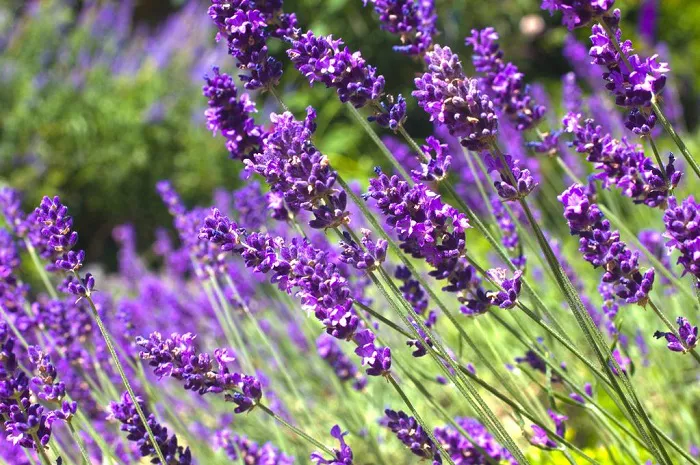Lavender has emerged as a gardener’s favorite during the summer months, thanks to its vibrant and intensely scented blossoms. However, many gardening enthusiasts unknowingly overwater their lavender plants, a mistake that can be particularly harmful to this drought-loving plant, which thrives in the naturally arid soils of the Mediterranean.
Gardening expert and Celebrated Herb founder Stephanie Leblanc has highlighted that improper watering can attract pests and diseases, especially in hotter climates. She warns, “Lavender plants need to be watered deeply and thoroughly, but it’s crucial to avoid wetting the foliage, as this can promote fungal diseases.” Instead, she advises watering the soil around the plant to keep the roots moist. “The goal is to thoroughly drench the lavender, encouraging deep root development while avoiding a waterlogged environment,” she explains.
During periods of hot, dry weather, it is recommended to deeply soak the soil to a depth of six to eight inches. This ensures the soil remains moist without becoming waterlogged. Yellowing of the lower leaves may indicate overwatering, which can lead to root rot, mold, or fungal diseases. To prevent this, gardeners should check that the soil has dried out slightly before watering again. If the soil is still damp, it is best to wait a few days before the next watering session.
However, it is equally important to ensure the soil remains somewhat moist, as lavender is prone to drying out, resulting in brittle leaves, drooping stems, and a lack of blooms.
Striking the right balance involves testing the soil before watering and adhering to a weekly schedule of morning waterings for optimal results. Stephanie advises, “Lavender plants should be watered once or twice a week, depending on weather conditions and soil moisture levels. For outdoor lavender, watering early in the morning is ideal, allowing the foliage to dry before the heat of the day.”
Morning watering sessions provide the soil with ample time to dry gradually throughout the day, preventing waterlogging. Cooler temperatures also minimize evaporation, giving the roots more time to absorb the water. Proper watering techniques can alleviate heat stress during the summer months, enabling the roots to take in more nutrients and fostering the rapid growth of vibrant flowers. This ensures that your garden remains a splendid sight throughout the season.


